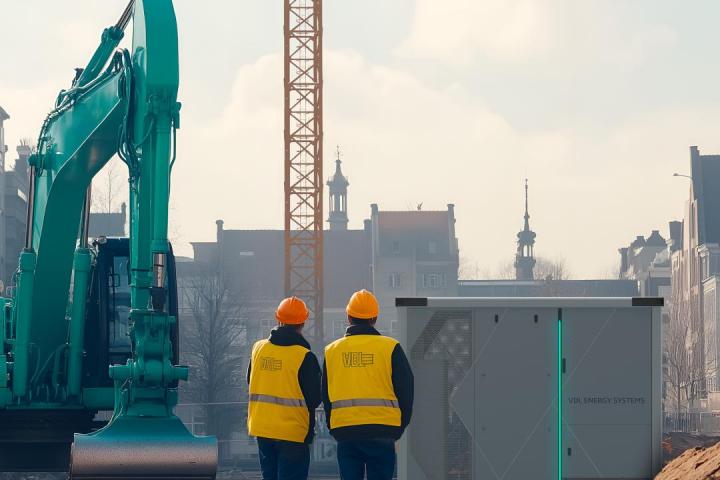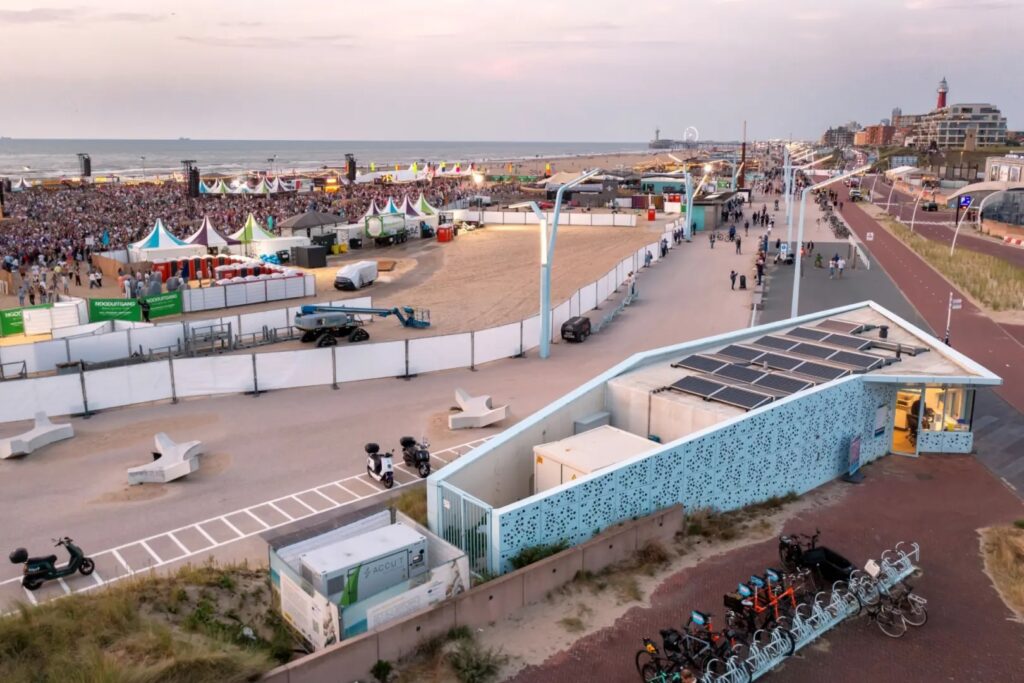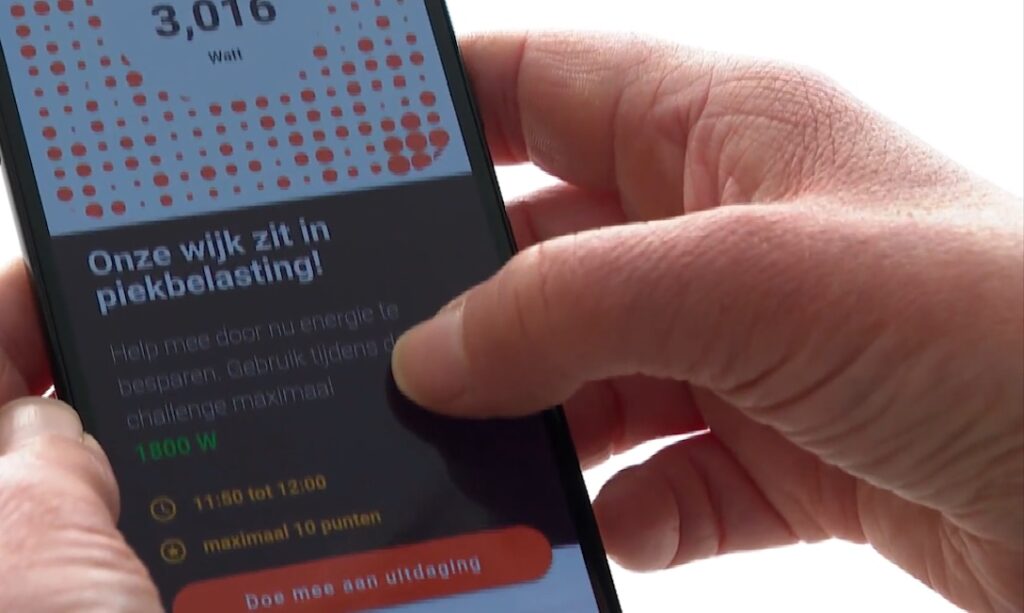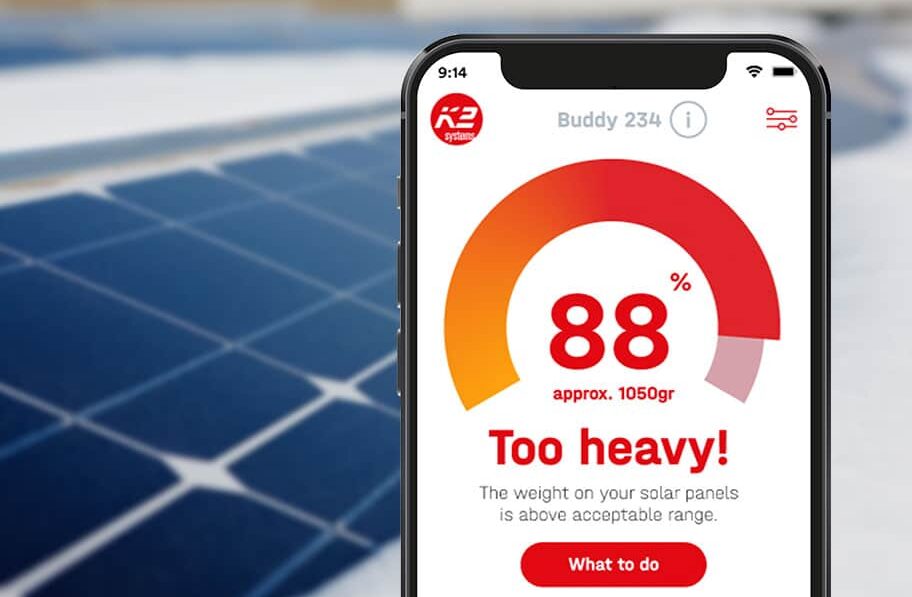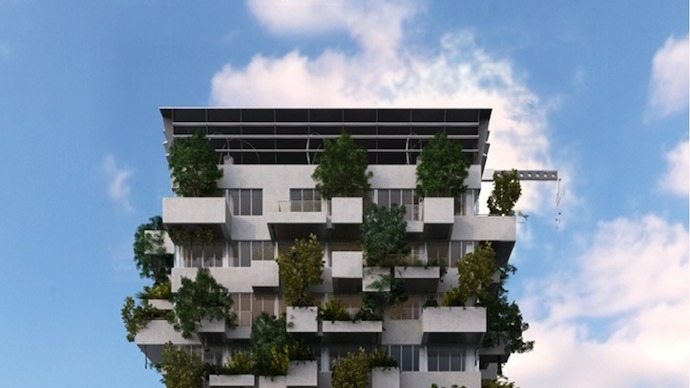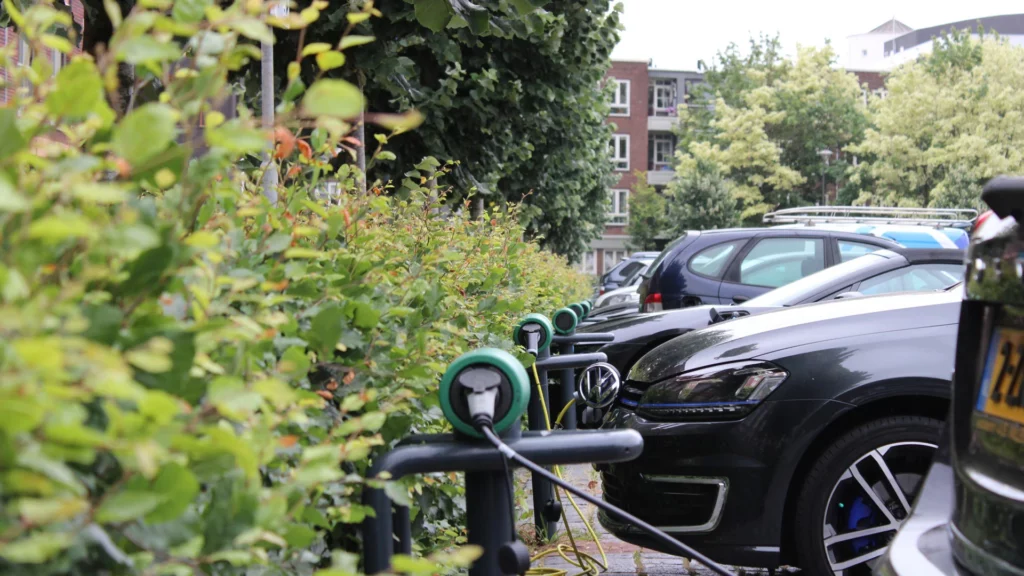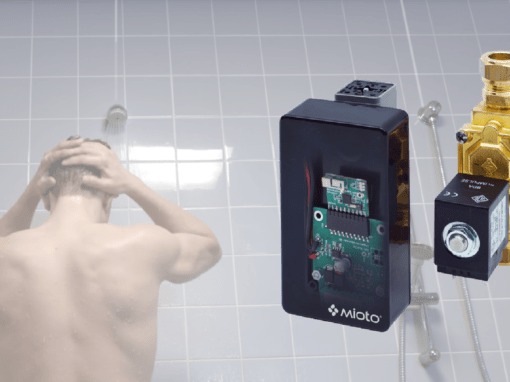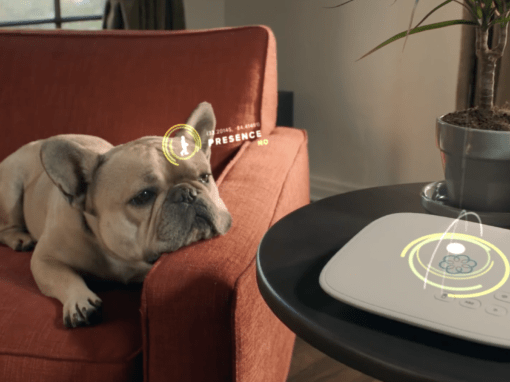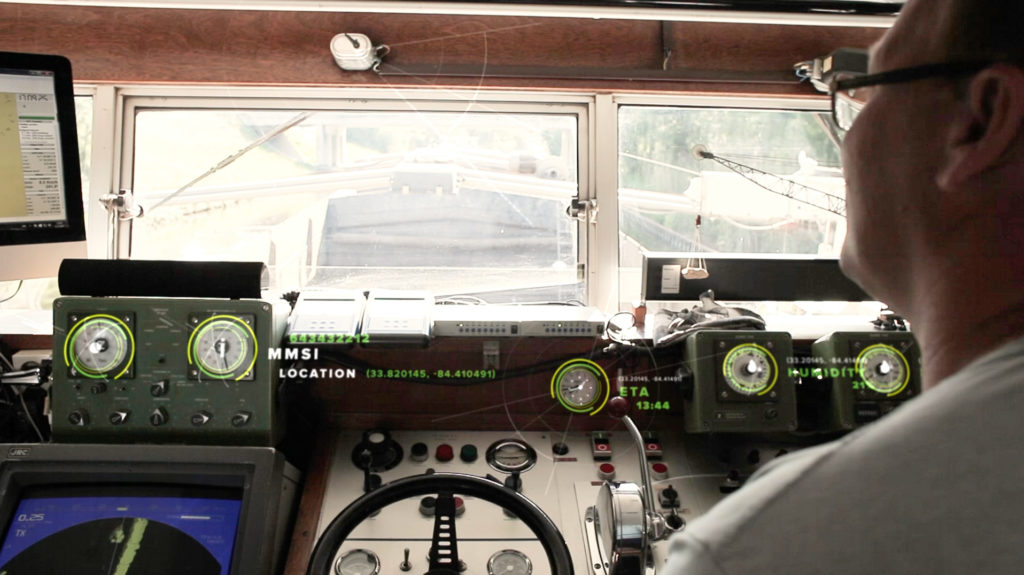Schiphol Border Control
Smart City and Mobility – Dutch Military Police
The Challenge
Passenger traffic flows are continuously changing, flights get delayed or are changing gates. This means passenger flows at security checks change continuously. The challenge for Dutch Military police was to profile flights and anticipate changes ahead of time and adjust staffing pro-actively to minimise queues.

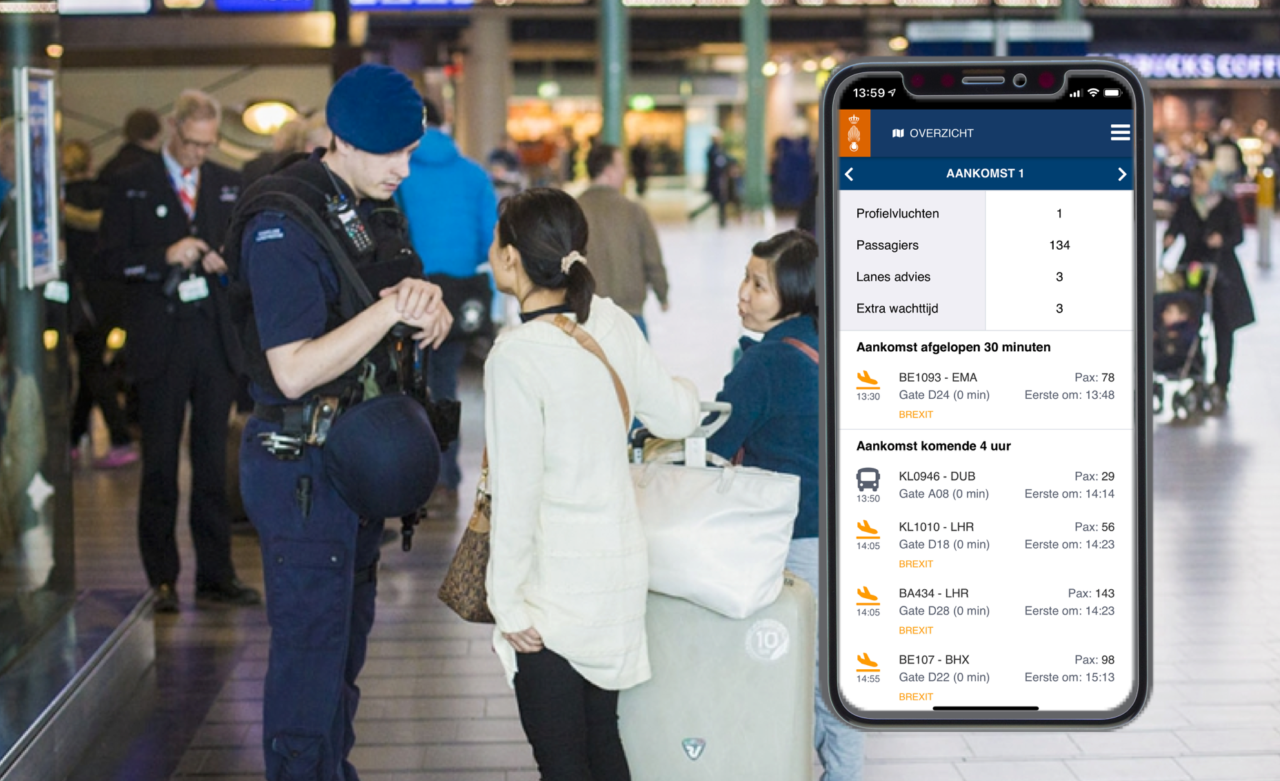
Insights at security check
Staff has a continuous view of current and future passenger flows and the required number of open lanes to minimise the waiting times. If anything changes and queues are expected to cross a limit, notifications are send to the team leader, so he can pro-actively adjust staffing.
Border Control Dashboard
A dashboard view gives the team leader an overview of the current operational situation on all gates and checkpoints. A color indicator shows if and where changes in passenger queues occur. A timeline displays time markers for moments where current staffing capacity will not be sufficient anymore or profile flights are observed.
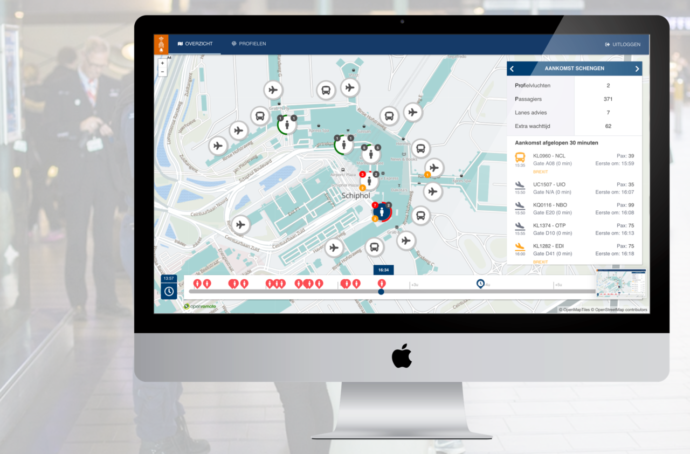
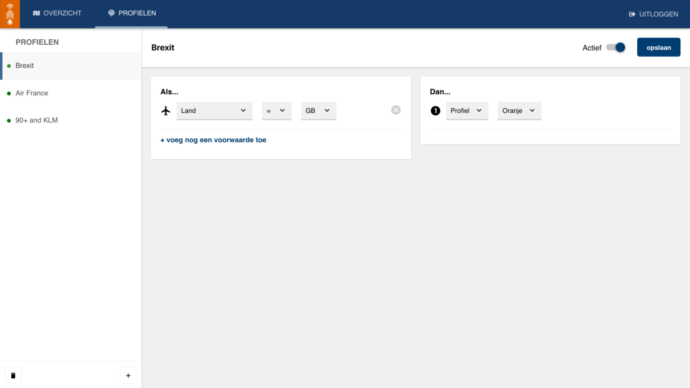
Smart Notify & Profiles
Future bottlenecks are anticipated, using the Smart Notify function. This function will monitor changes in passenger flows and place notifications on the timeline if future queues are expected which cross a preset limit and require extra capacity. In addition profile flights, requiring extra attention or capacity, can be defined by the team leader. The individual profile flights will create notification markers at the gates.
Connected Sources
Flight information of arriving and departing flights is available at every airport. Integrating ETA data, flight characteristics, country characteristics, passenger composition and the airport layout, the solution continuously translates the data in relevant information on the different checkpoints, eg. passenger streams transferring from international flights to Schengen countries, expected queues, or required capacity.
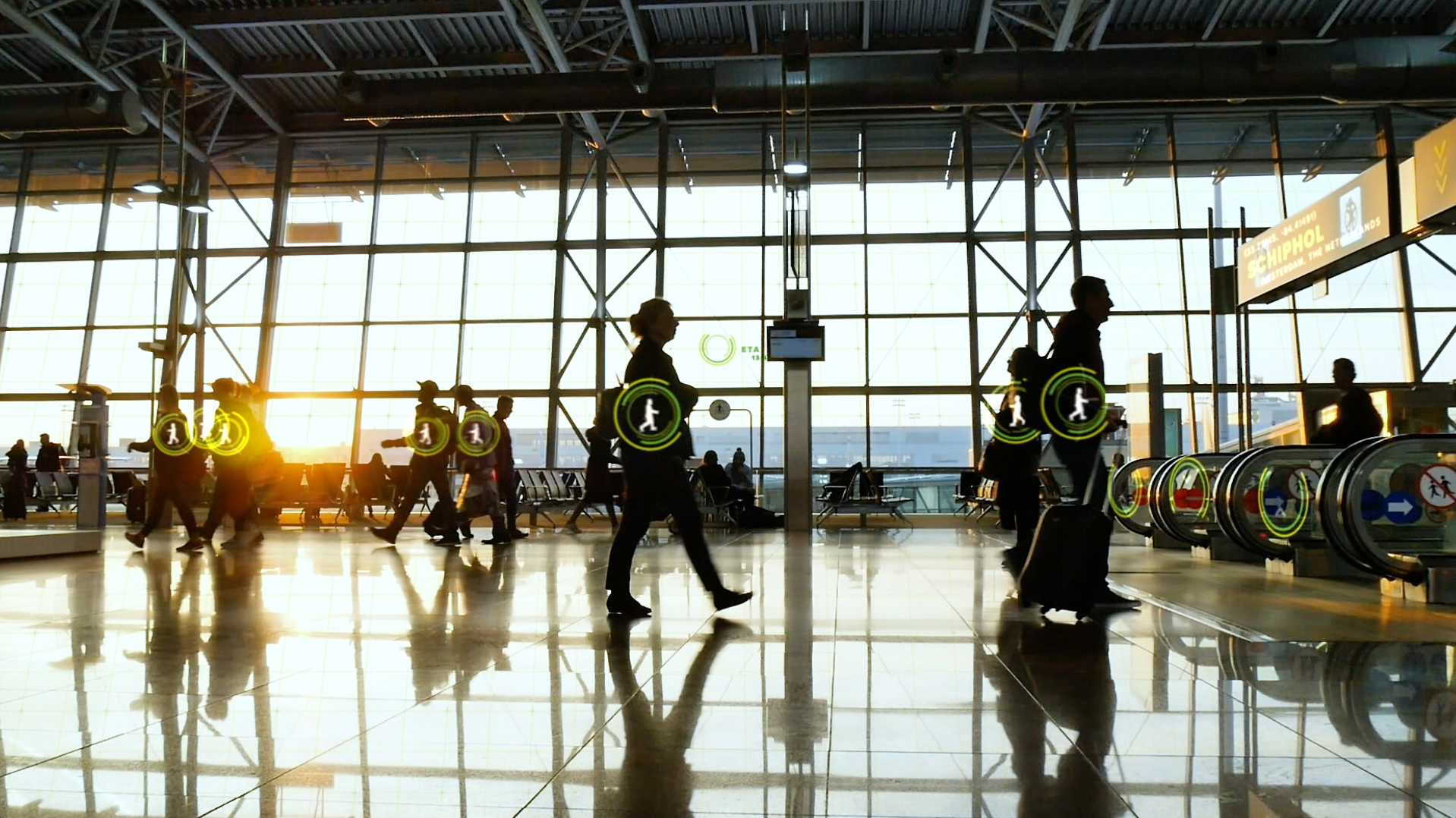
Smart City and Mobility
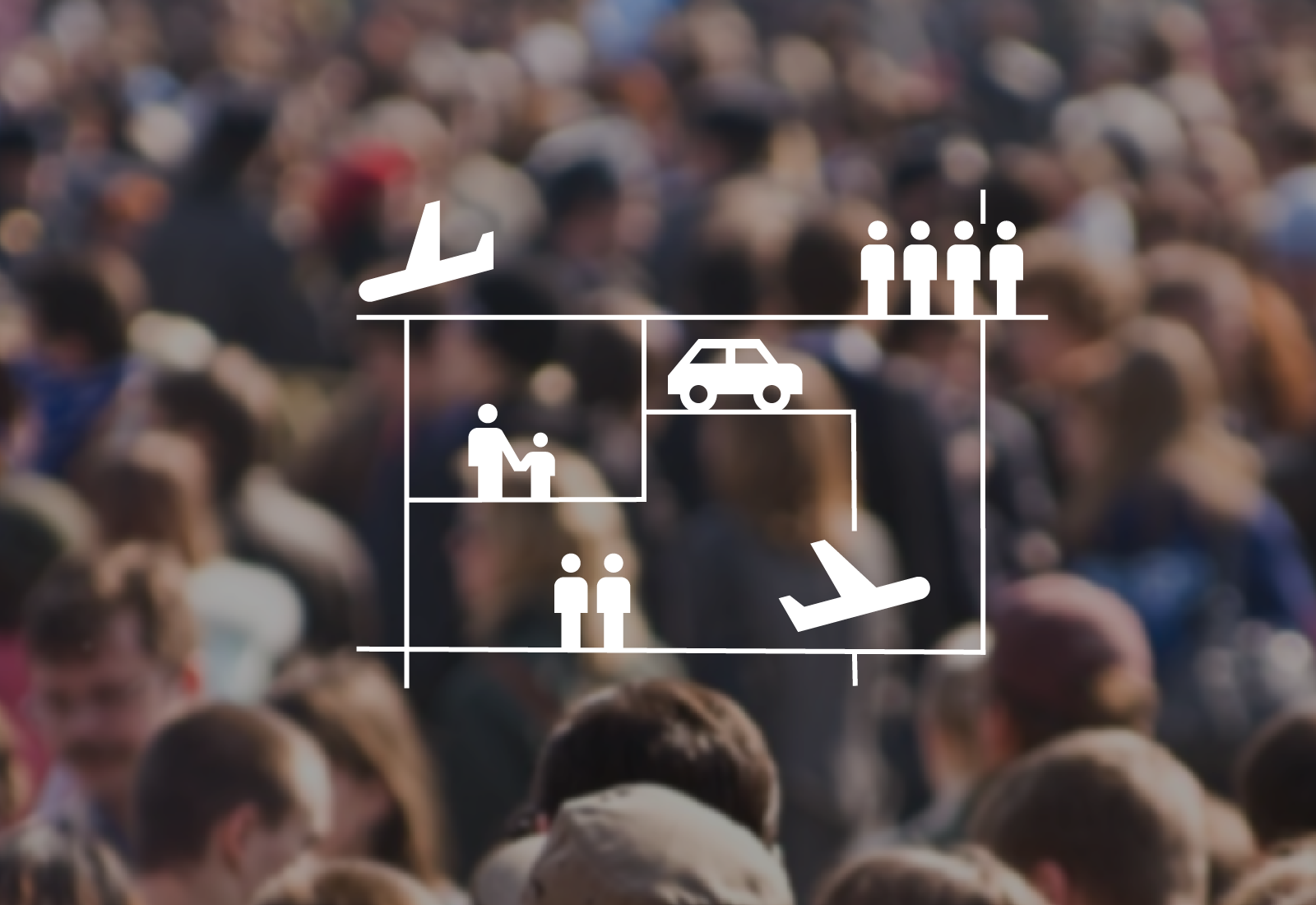
Managing digital assets in a city can become complex for the responsible departments, whether parking manager, lighting manager, security, or the maintenance department.
The OpenRemote IoT Platform connects and controls different vertical systems, using configurable protocol agents or its Edge Gateway. More importantly, alerts are set to monitor optimal performance as well as unexpected behaviour. Notifications are send to professionals and systems are activated.
A dashboard for a team manager and mobile apps for staff on the ground. All tailored to your specific context and identity, hosted in your own secure environment.
